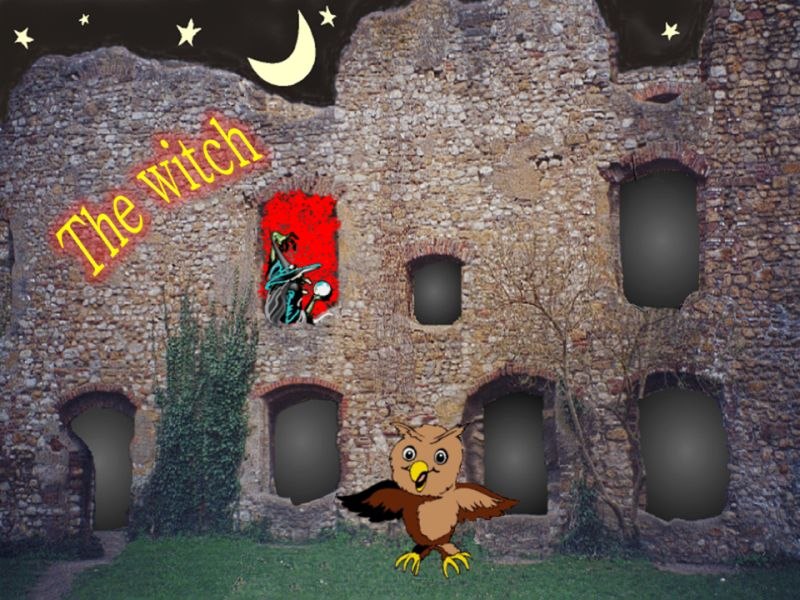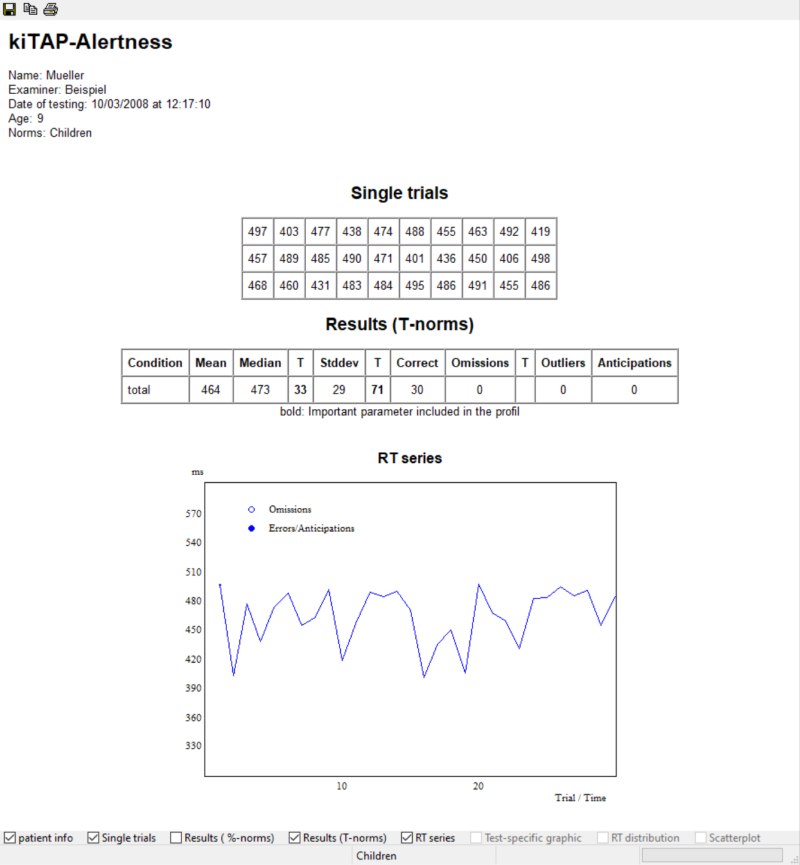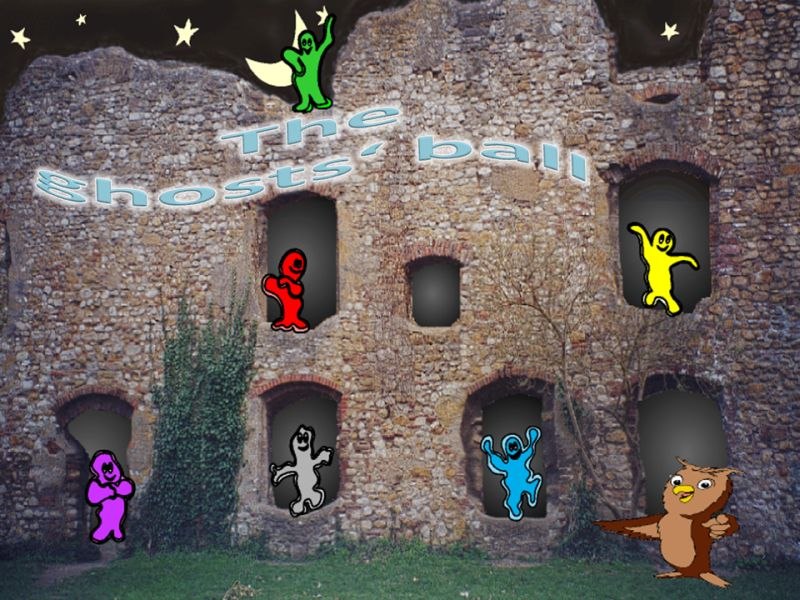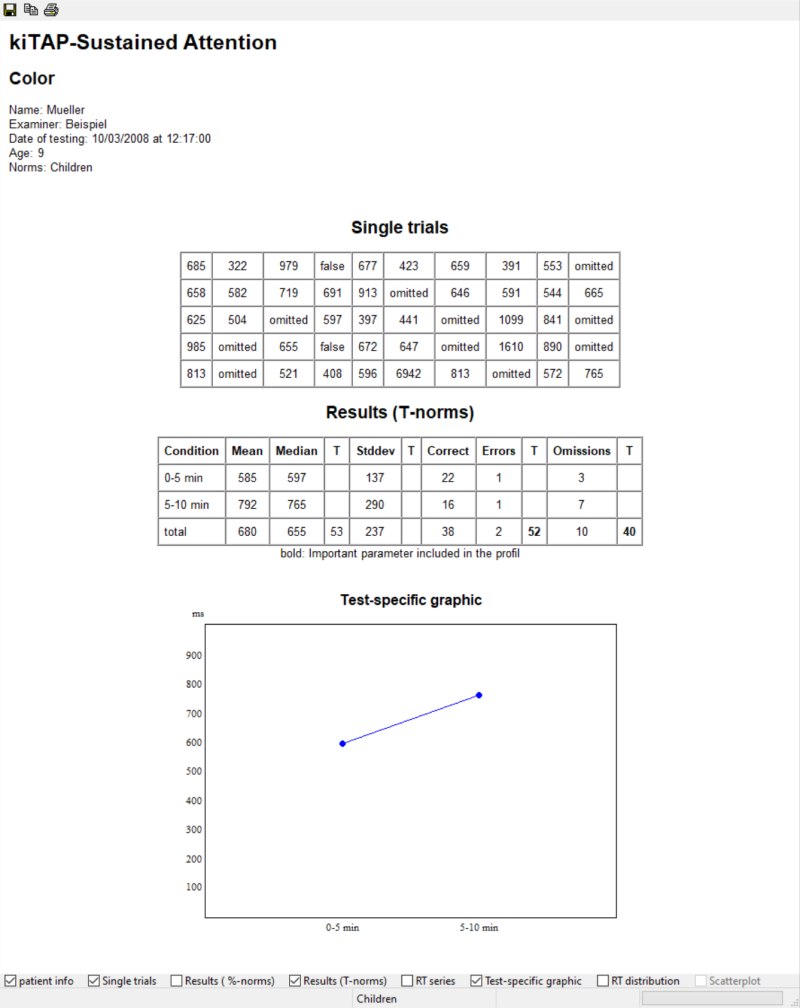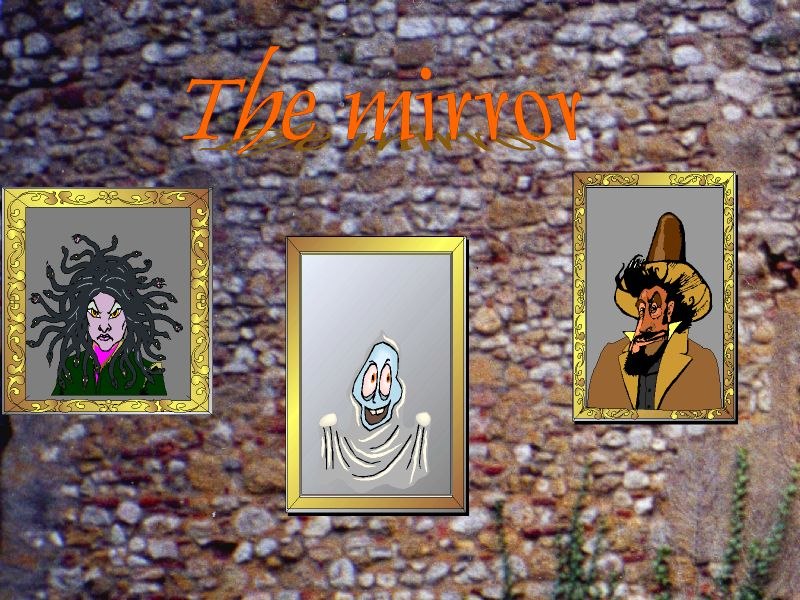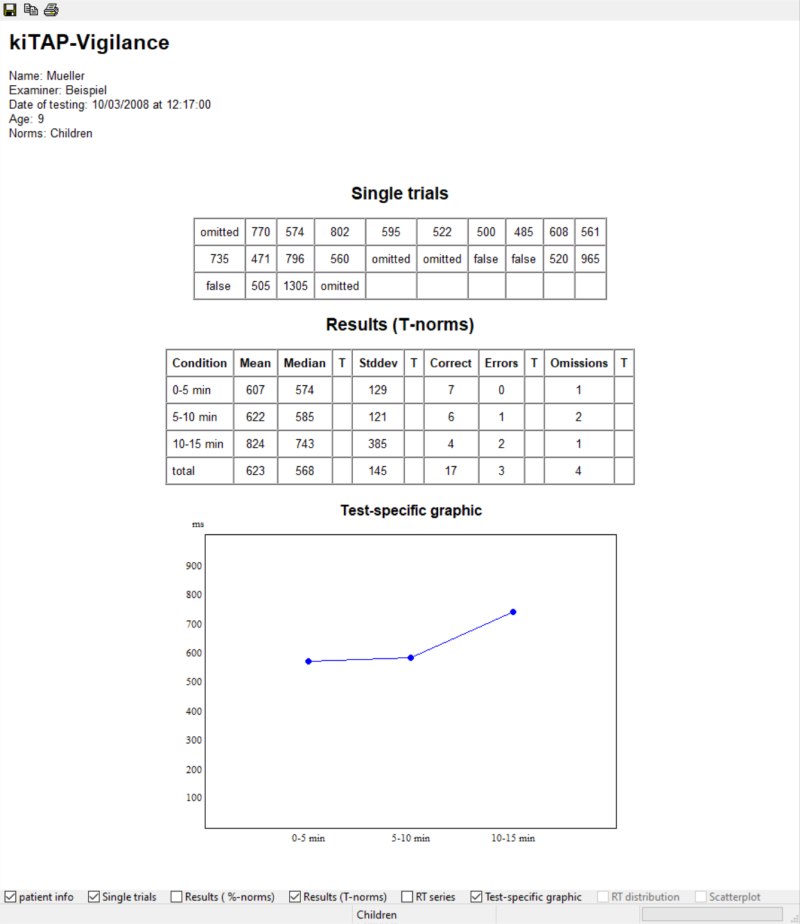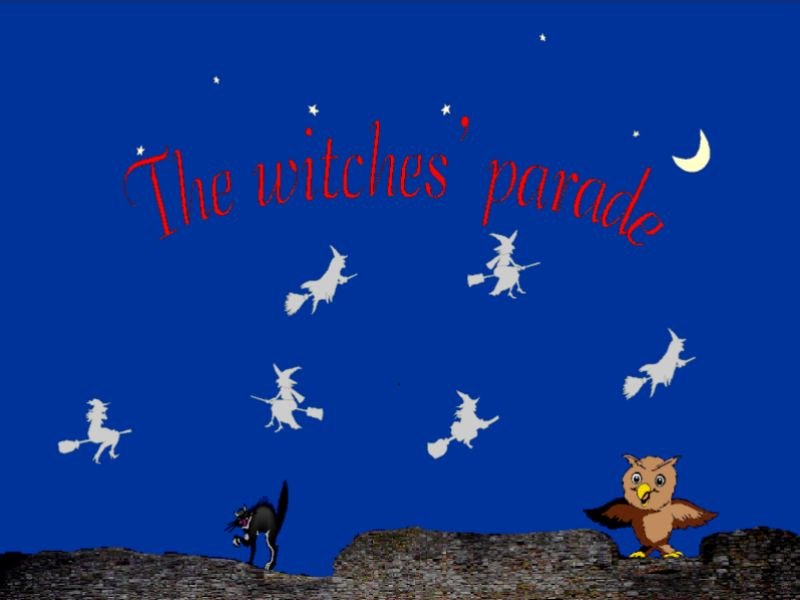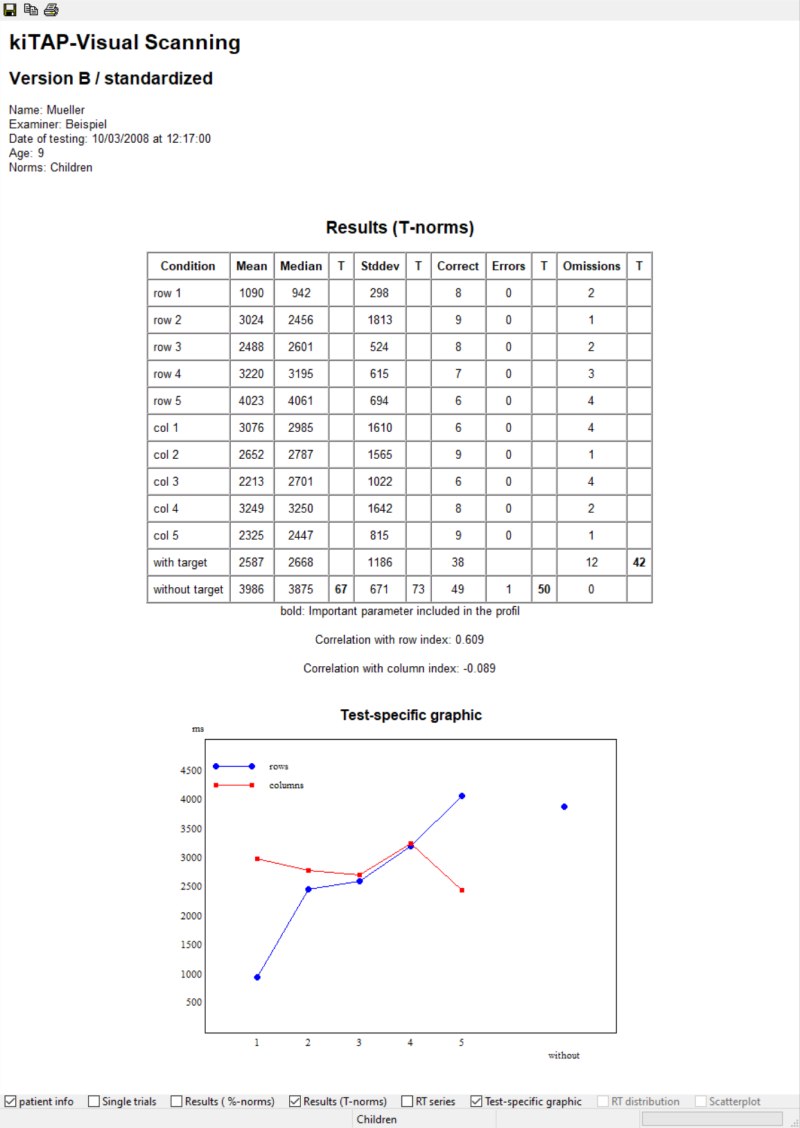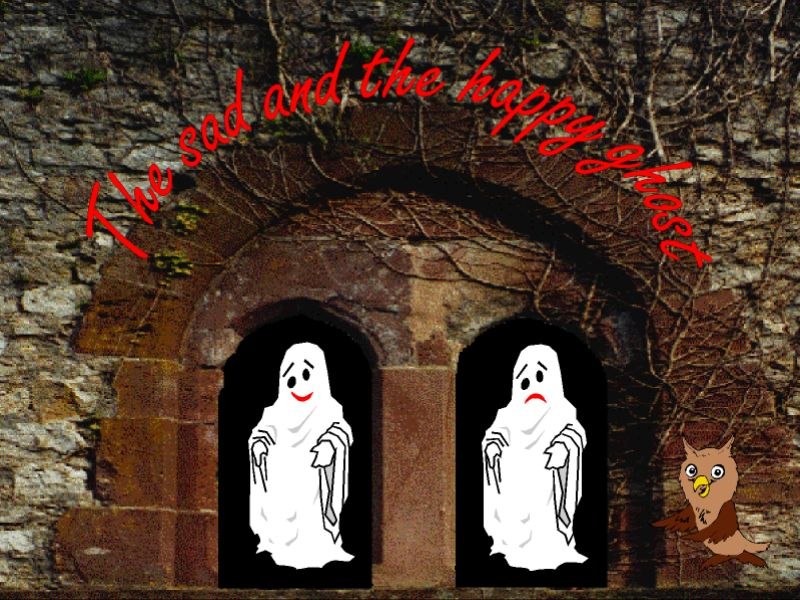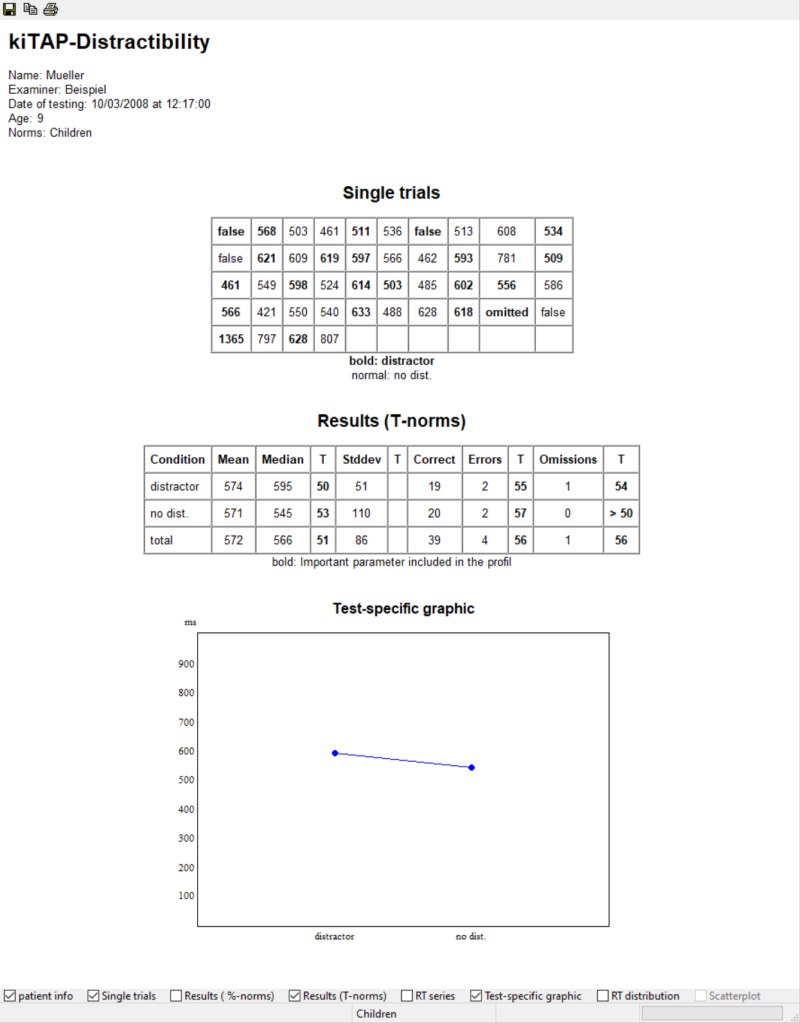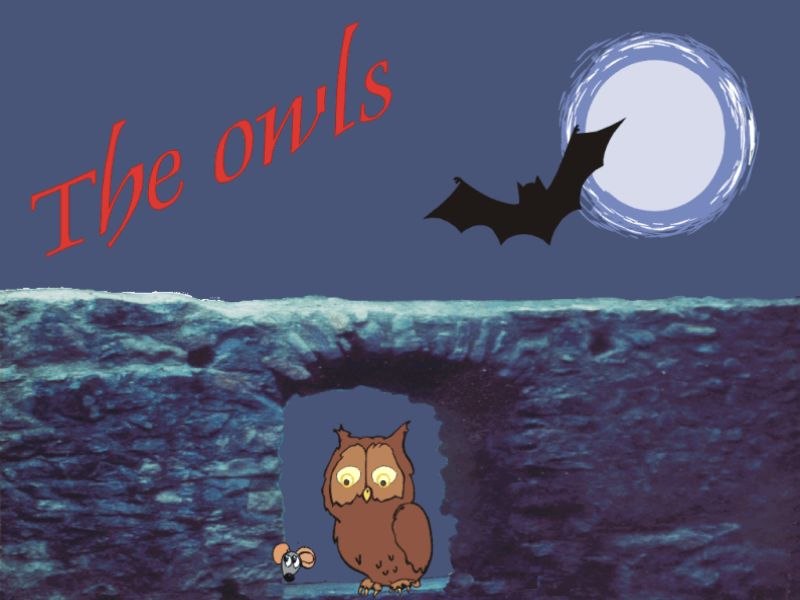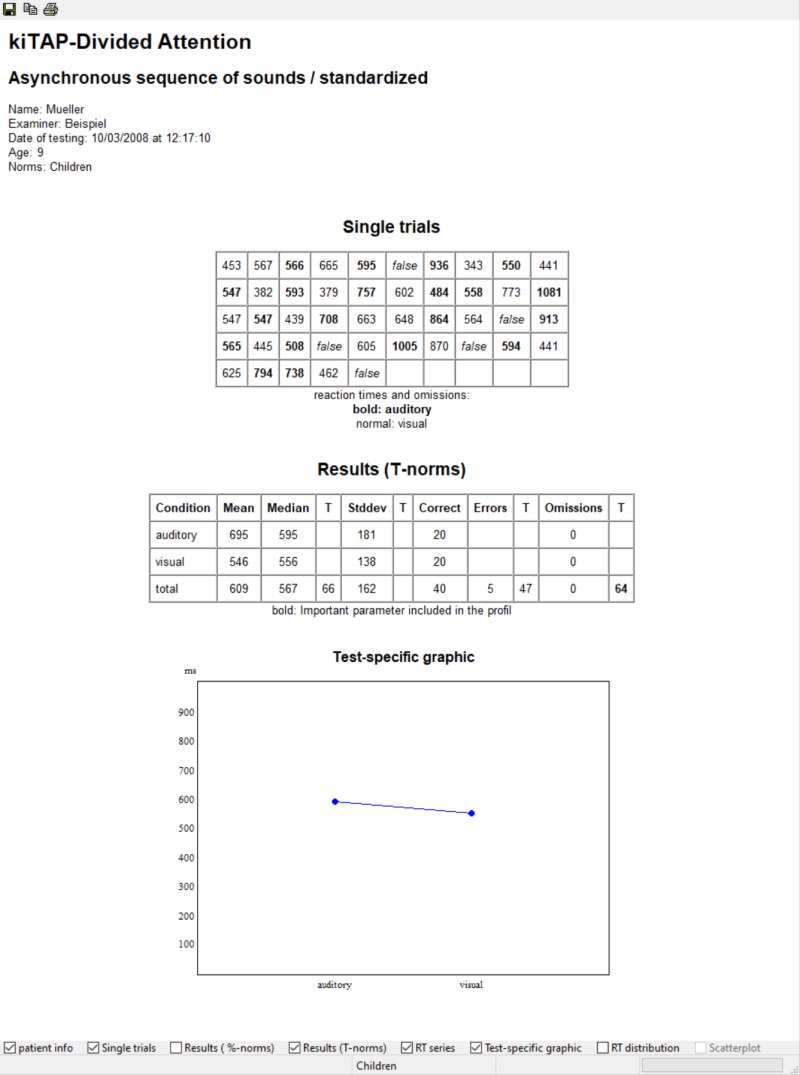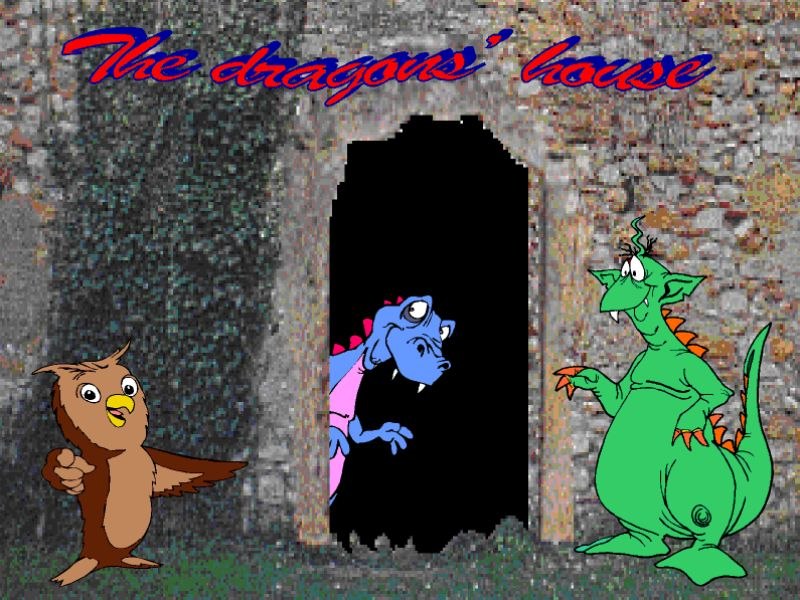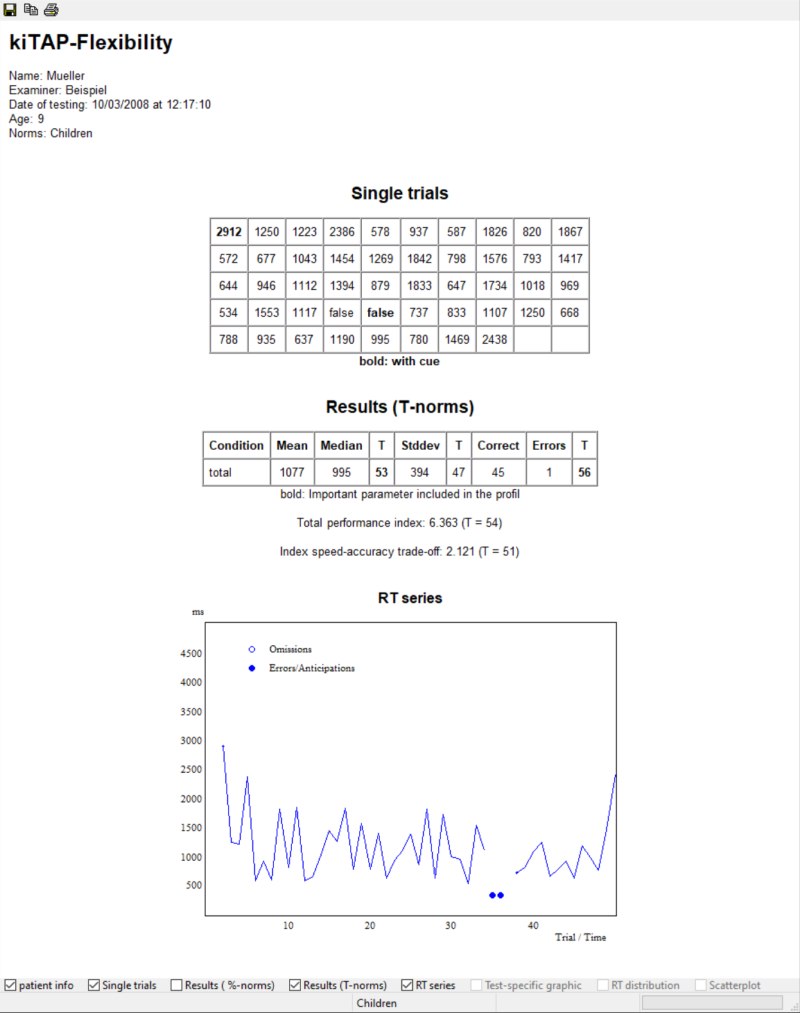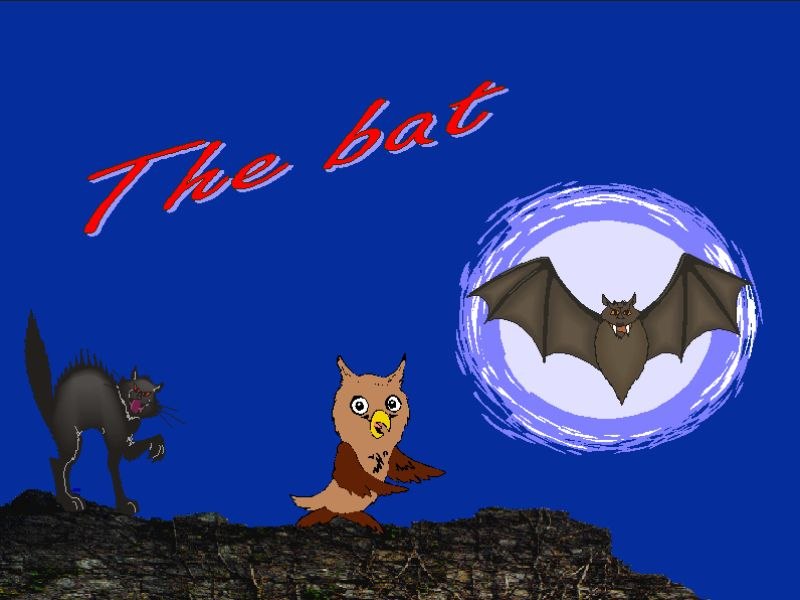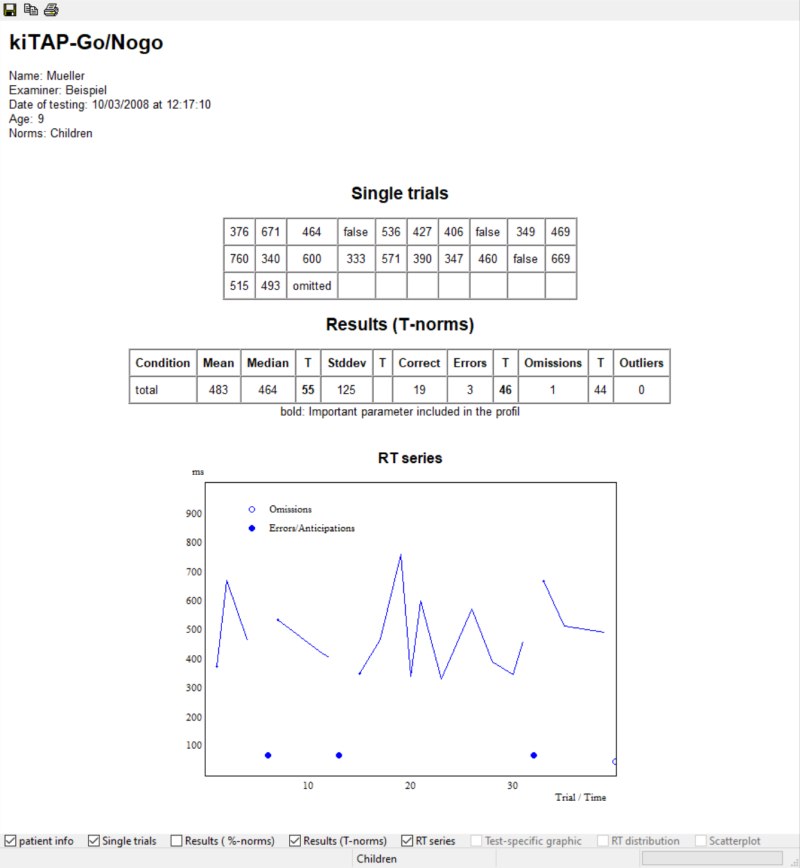Alertness is the general state of wakefulness that allows a person to react quickly and appropriately to concrete demands. It is the prerequisite for adequate action and thus represents the basis of any attentional performance.
Intrinsic alertness is measured with a single-response task. Two aspects are of interest here: the mean reaction time and the variability of the reaction time.
In this test, a witch appears in a window and is to be ""chased away"" as quickly as possible


